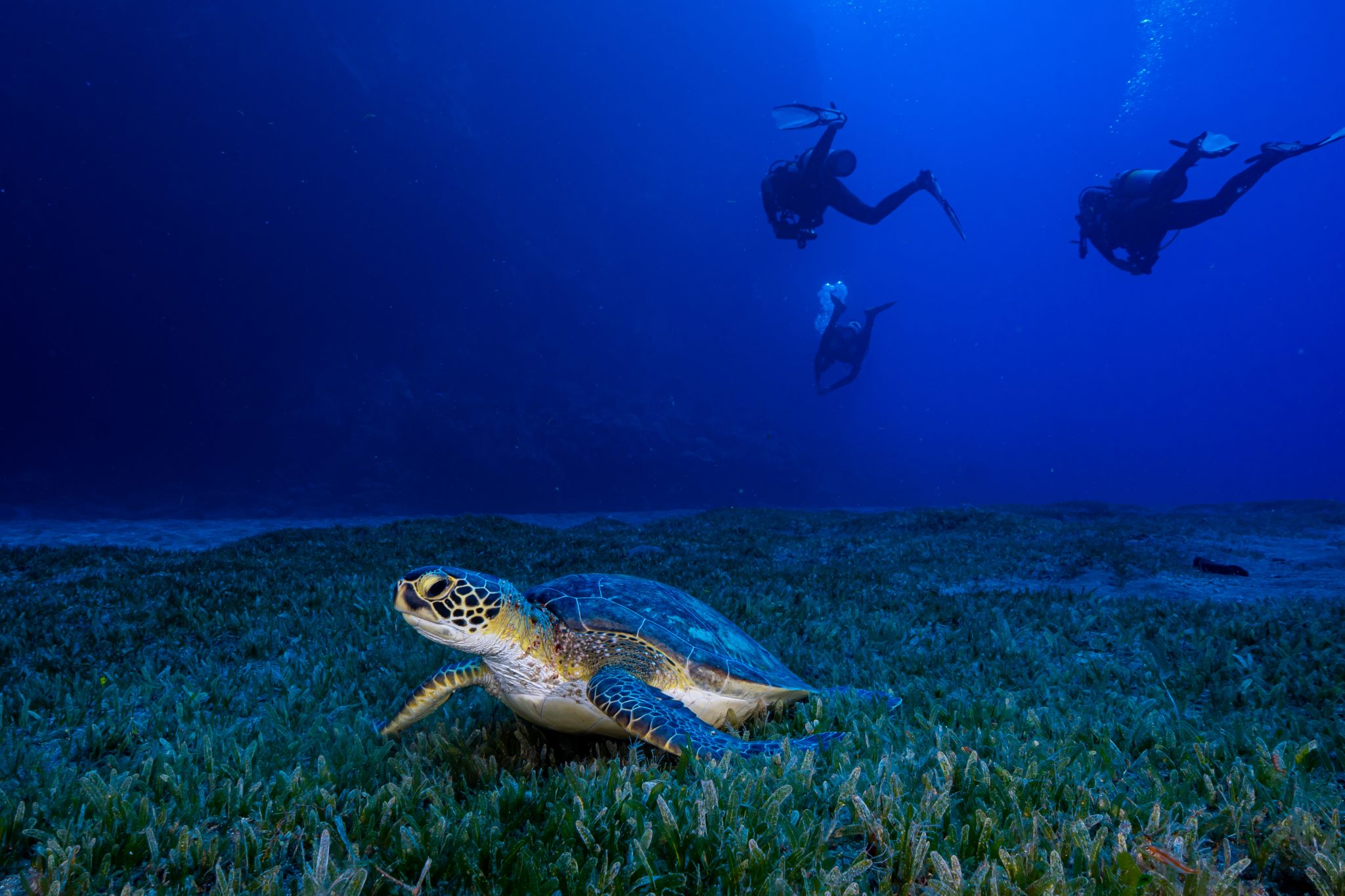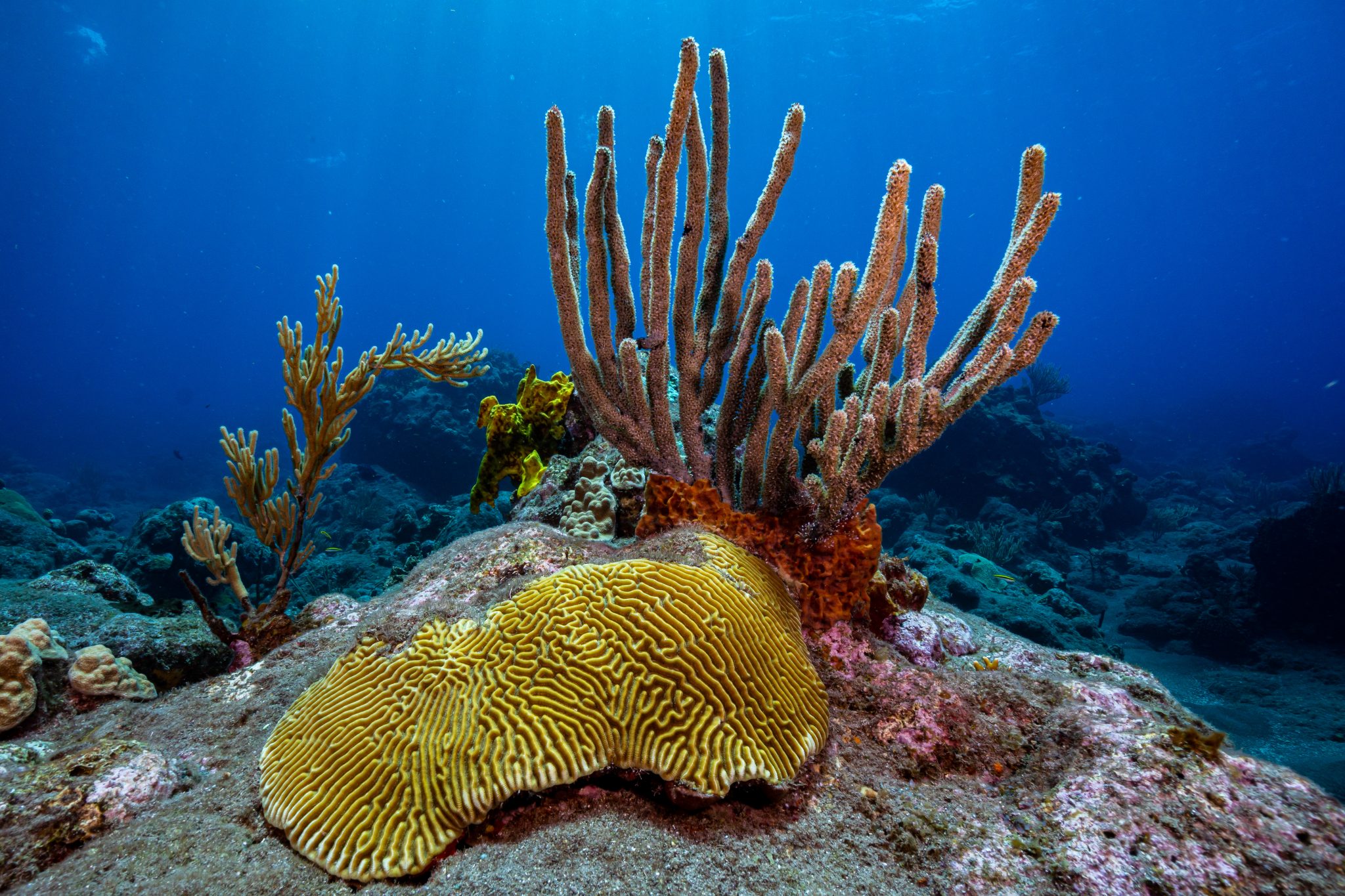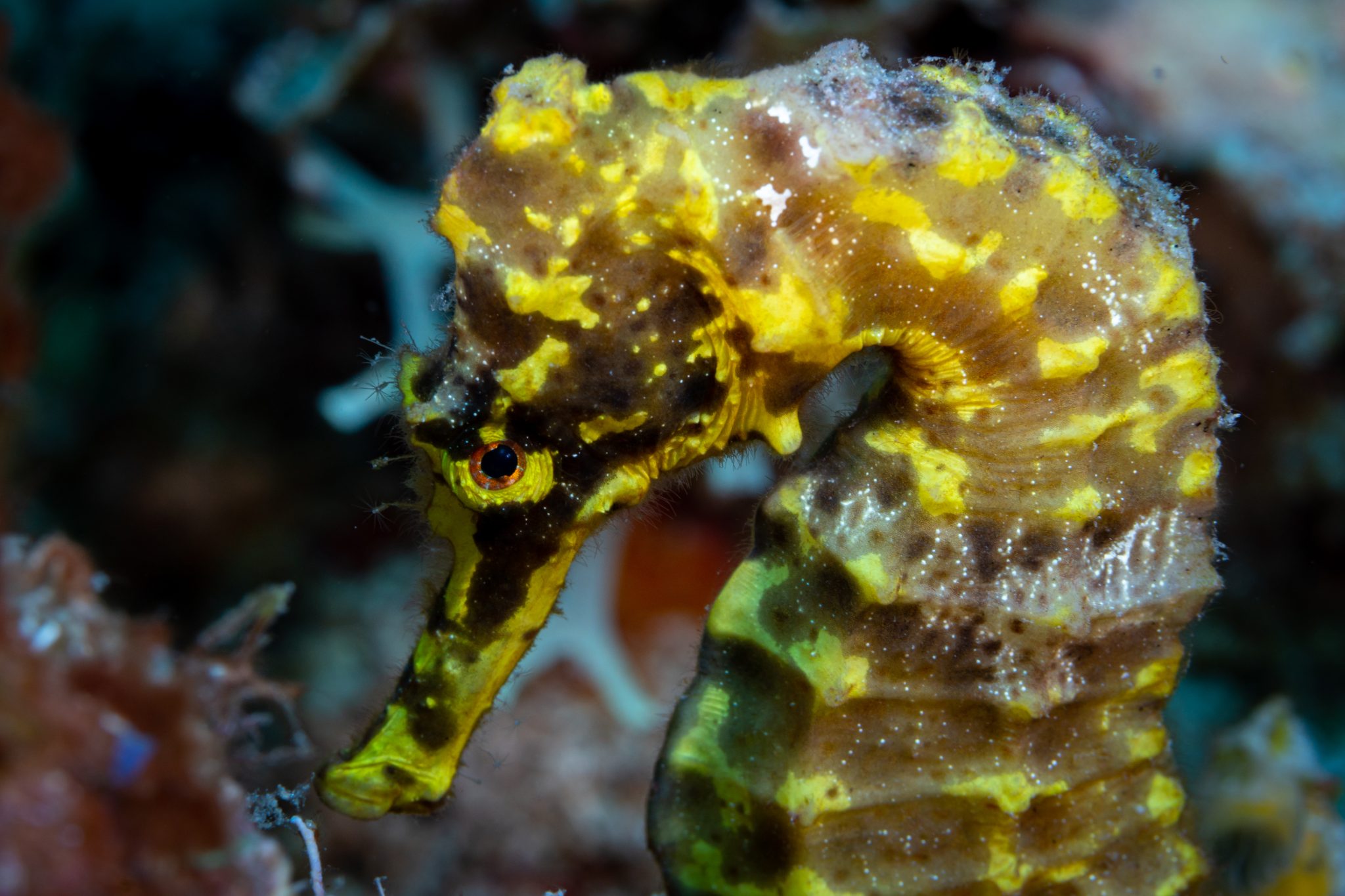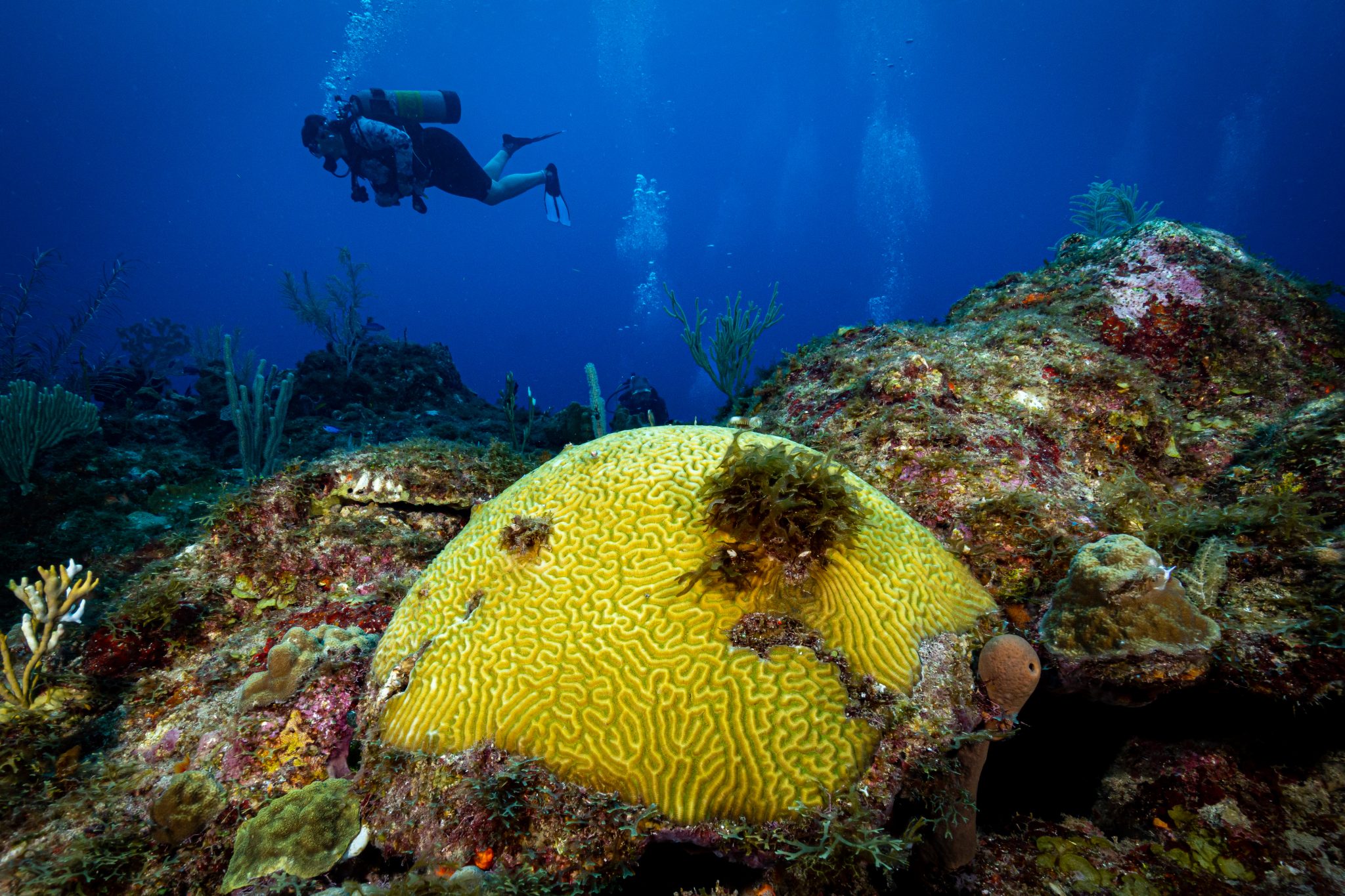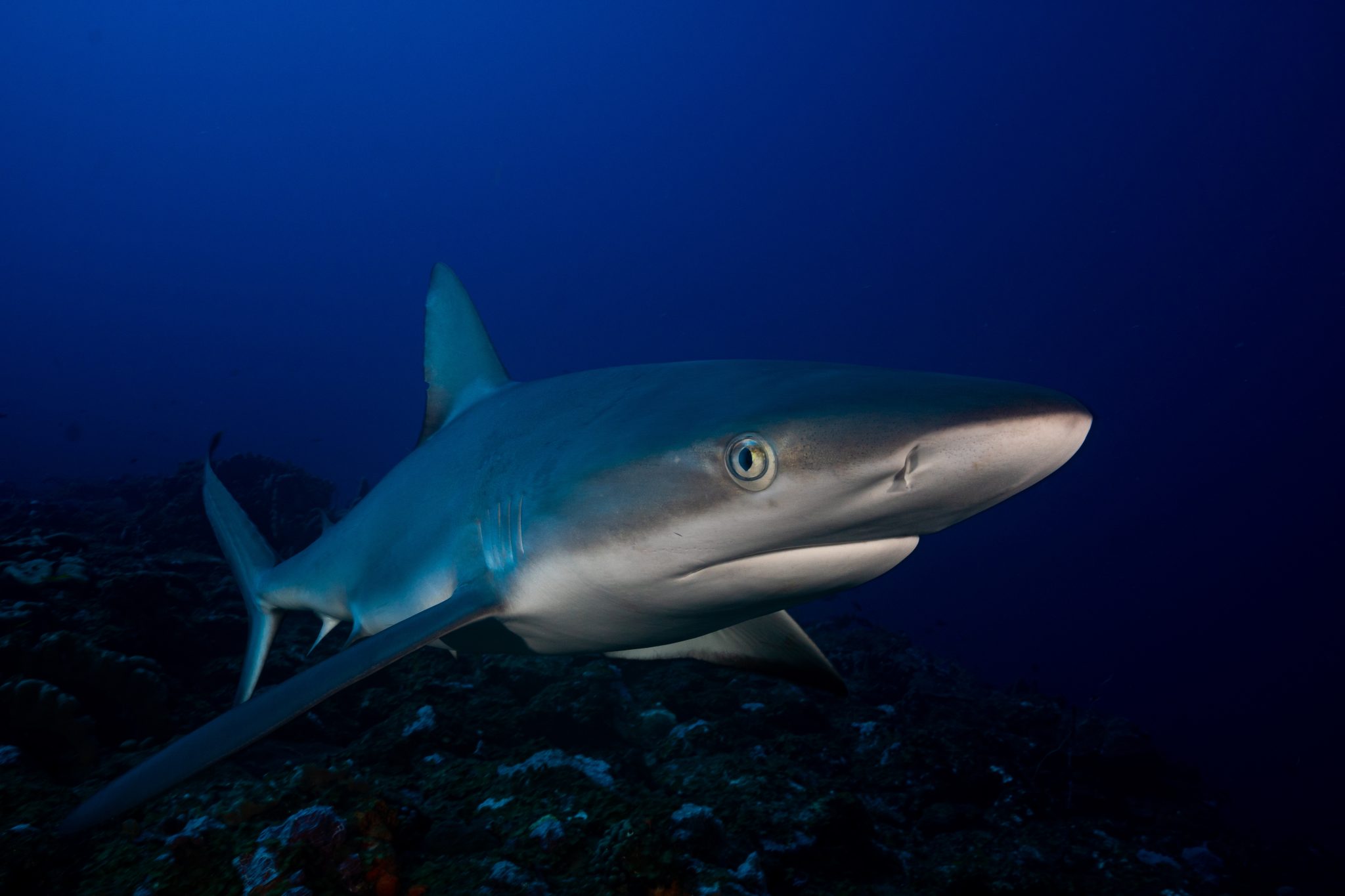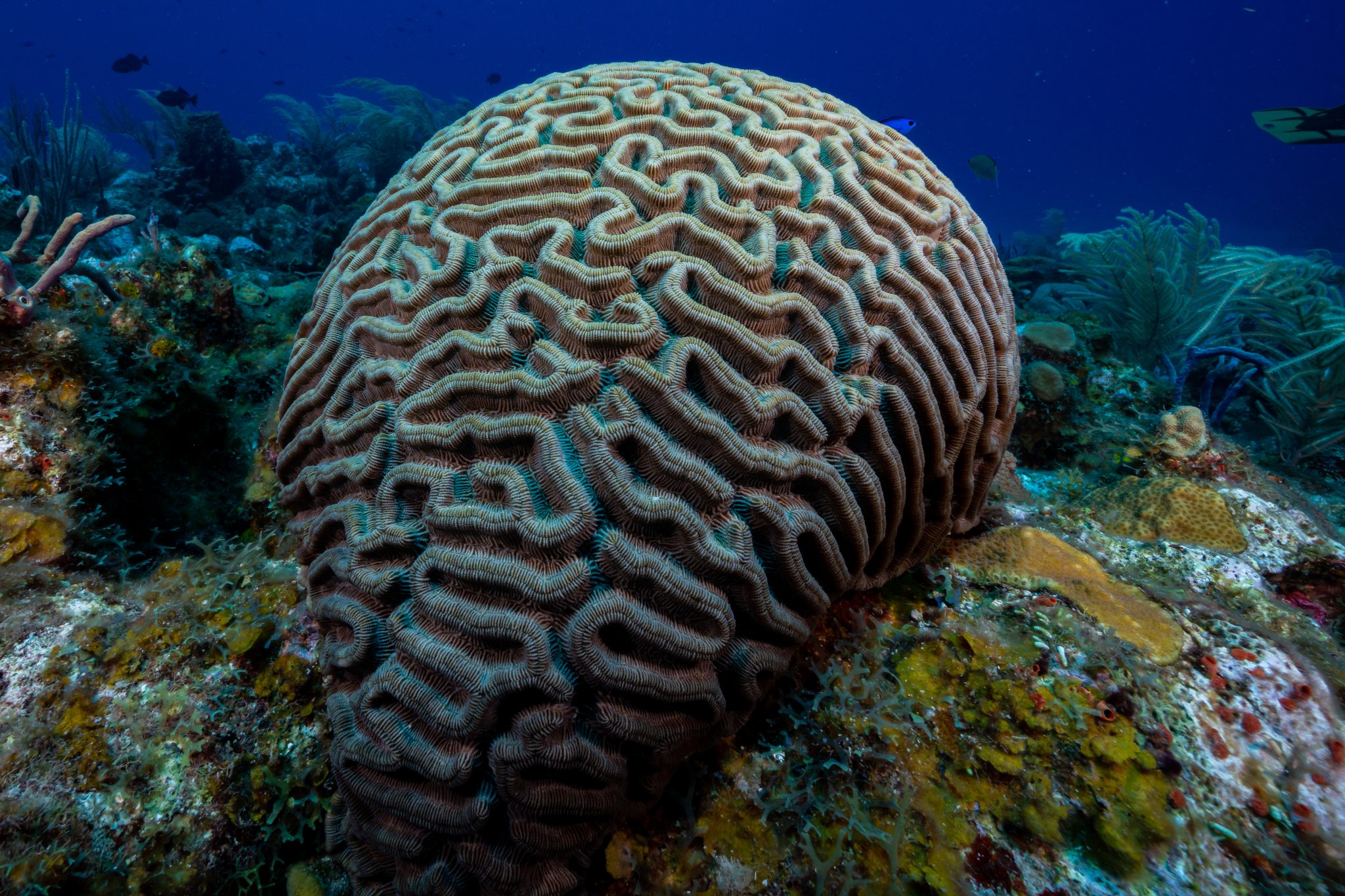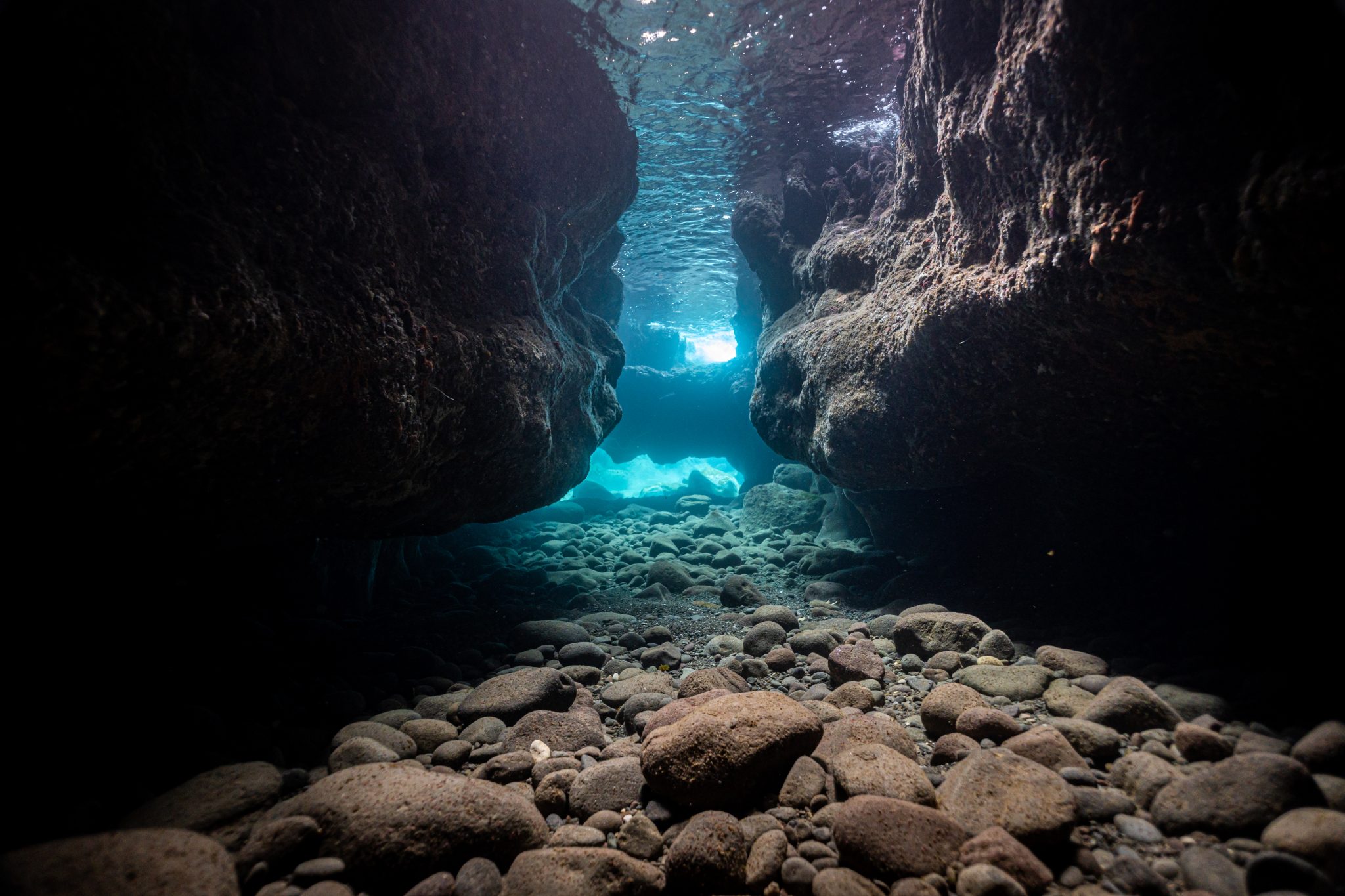Welcome to Sea Saba Your premier diving gateway located on the “Unspoiled Queen” – Saba, in the Dutch Caribbean. Since 1985, we’ve mastered the art of delivering unforgettable, safe, and eco-conscious diving experiences. Dive Center Our dive center is conveniently situated in the harbor. We streamline the experience from start to finish — picking you up from your accommodation, bringing Read more...
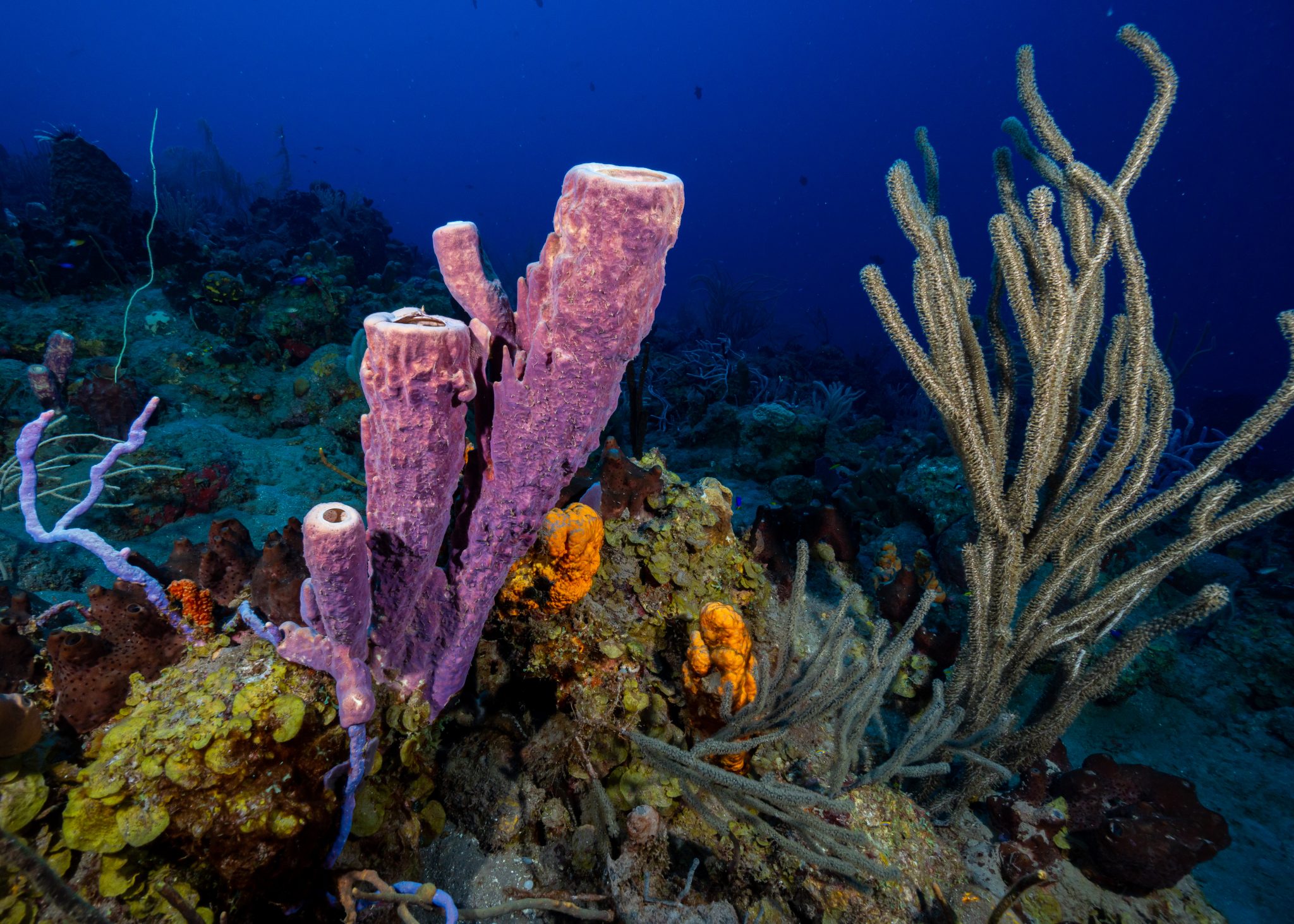

Overview
Fact File
| Capital | The Bottom |
| Population | Less than 2000 |
| Language | English and Dutch |
| Time | GMT -4 |
| International Dialling Code | +599 |
| Money | US dollar $ |
| Air Temperature (average) | 23℃ to 32℃ / 72℉ to 90℉ |
| Water Temperature (average) | 25℃ to 29℃ / 76℉ to 85℉ |
| Tourist Board | |
| International Ports | Juancho E. Yrausquin Airport (SAB) and Fort Bay Harbor |
About The Diving
The majority of the diving is done in Saba’s Marine Park which was established in 1987. The Saba Marine Park boasts 30 permanently moored dive sites. Enjoy year-round diving with seasonal differences in water temperature and surface conditions. All diving around Saba is from boats.
Saba’s volcanic origins have blessed her waters with spectacular formations and structural diversity. Saba offers deep water pinnacles, coral gardens, lava fingers, patch reefs, wall dives and overhangs. The sites are located all around the island with sites most visited on the Leeward site. The boat rides to dive sites are usually between 5 to 15 minutes long.
Dive Highlights
Tent Reef
A mini-wall, huge boulders, and a dramatic swim through provide a unique combination of qualities at one of Saba’s most popular dive sites. From the mooring, head south until you reach the drop-off within the coral garden. There you will find tons of big sponges combined with a lot of soft coral. Afterwards, turn easterly to a sand slope where Garden Eels and Southern Stingrays are seen. Then swim to the base of the mini-wall slowly through the boulders and the archway – single file – since you’ll likely have to share the space with some Black Jacks or Barracuda. Keep a sharp eye out for Green Turtles, Scorpionfish, Frogfish, and Longsnout Seahorses in this dive that offers unlimited possibilities.
Third Encounter
Third Encounter is one of the deep-water pinnacles with the mooring sitting at 90ft/26m and one of Saba’s signature dives. This site was voted “One of the 10 Best Dive Sites” by Sport Diver magazine in July 2008 and is home to the renowned “Needle”. Located at the eastern end of the horseshoe-shaped seamount, this dive can be conducted completely on top of the plateau or with a short trip out into the deep blue to the tip of the “The Needle” that rises majestically up from the deep to within 90 feet of the surface. It’s common to encounter Caribbean Reef Sharks and Yellowtail Snappers along the edge of the outcrops where the plankton-rich water reaches the plateau and schools of shallow reef fish abound. Keep your eyes peeled for our friendly Nassau Groupers as you venture out to The Needle, which you will find surrounded by schools of Creole Wrasse and Creole Fish. On the way back to the plateau, explore the seamount for sleeping Nurse Sharks. Be sure to look out into the blue as you make your ascent.
Diamond Rock
Saba’s famous landmark sits on a flat, sandy bottom at 80 feet. Circumnavigation near the bottom provides excellent opportunities to see Southern Stingrays and Furry Sea Cucumbers in the sand while Green Turtles passing by to feed on the nearby turtle grass. A trip through the canyon on the northeast side allows you to multi-level this dive with an upward spiral while watching for sharks, schools of Horse Eye Jacks and marveling at the fish life this jewel attracts. Regular sightings of Yellowfin groupers, Chain Moray Eels, Octopus and Juvenile Angelfish make this dive spot a true gem!
Man O’War Shoals
Just east of Diamond Rock, this similarly steep rock structure lies in the sandy bottom at 70 feet with twin peaks rising to 15 and 20 feet from the surface. A multi-level dive profile works best here by circumnavigating the base and slowly spiraling upwards between the two peaks in a figure-eight fashion. A safety stop at the top maximizes your dive time while enjoying the show below. This site offers some of the most diverse and luxuriant marine life in the Saba Marine Park ranging from Black Coral and hordes of Sergeant Majors to the industrious Sand Tile Fish. Other regular sightings include Spiny Lobsters, Reef Sharks, Sailfin Blennies and Great Barracudas. Man O’ War Shoals also seems to be the only place to spot Atlantic Spadefish or ocean pelagics rarely seen on reefs.
Hot Springs
So named because of the hot water springs coming through vents in the sea floor, this dive site is positive proof that Saba’s volcano is merely in between periods of eruption, not extinct. Pick a dive here! Head seaward from the mooring and then south over a series of coral heads separated by a sandy bottom. A huge anchor (one of several at this dive site) is a good point to turn inshore and back to the mooring. Alternatively, head seaward and then north for a shallower dive among the coral encrusted boulders before heading back to the mooring. Check out the extremely friendly resident Nurse Shark, Stingrays, Garden Eels hiding in the sand and Turtles grazing in the seagrass next to Flying Gunards. When returning to the mooring line, warm your hands in the “hot” sulfur-colored sand – evidence of the active status of the volcano. A favorite site for night dives, crustaceans can always be spotted out dancing in front of their lairs. Other night dive highlights are octopus, sharks on the hunt and Ostracods, tiny crustaceans which create a one-of-a-kind bioluminescence display when they are mating.
Greer Gut
This is one of very few biological reef dive sites, so you will notice a much lighter sand color. If you could see the entire site from above, it would appear to be a horseshoe shape of small coral islands separated by sand channels and sand flats interspersed with large Barrel sponges. Under the many ledges you are likely to find sleeping Nurse Sharks, Spiny Lobsters and Scorpionfish. Throughout the sand patches, there is an abundance of corkscrew anemones living together with Pedersen Shrimp and Red Snapping Shrimp right next to Queen Conchs, Sand divers or Peacock Flounders.
When To Go
Saba is an all-year-around dive destination. Winds can be stronger in wintertime.


